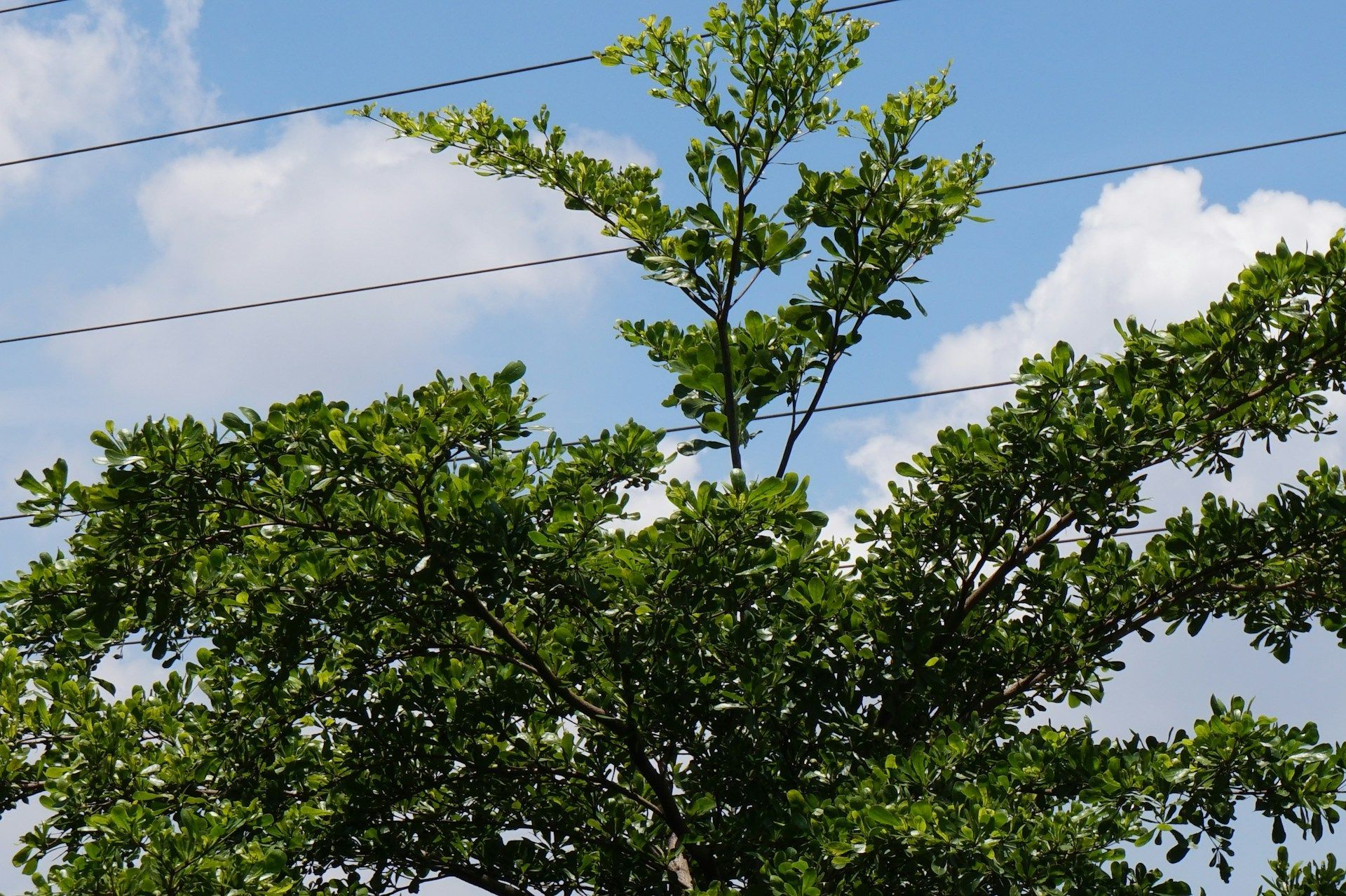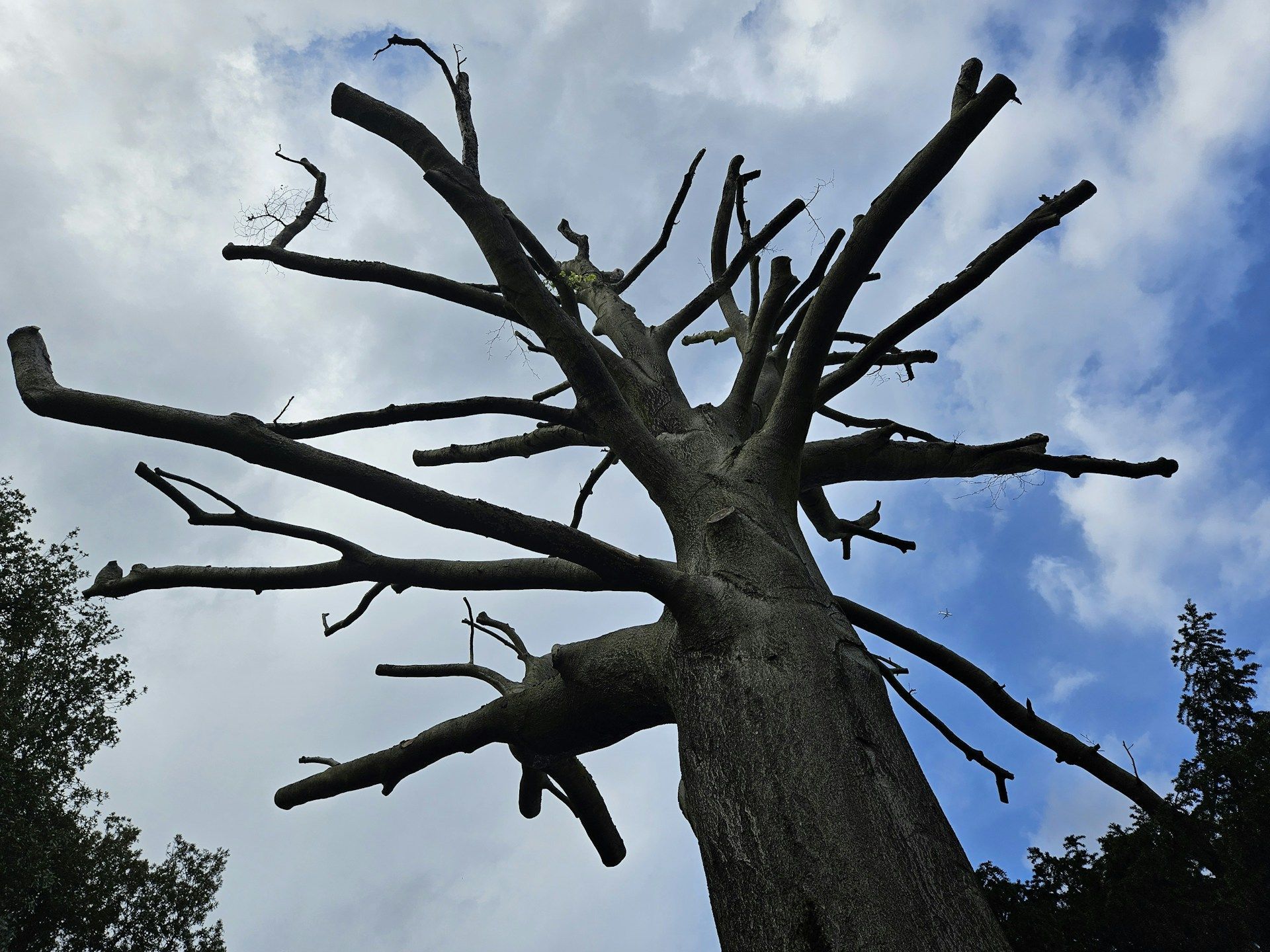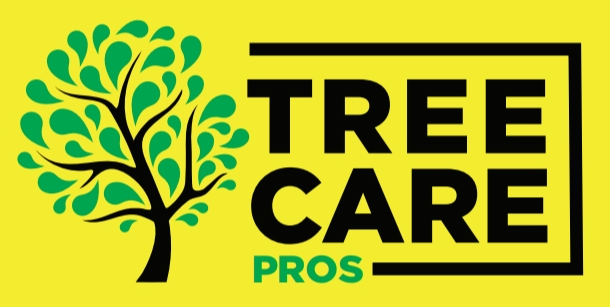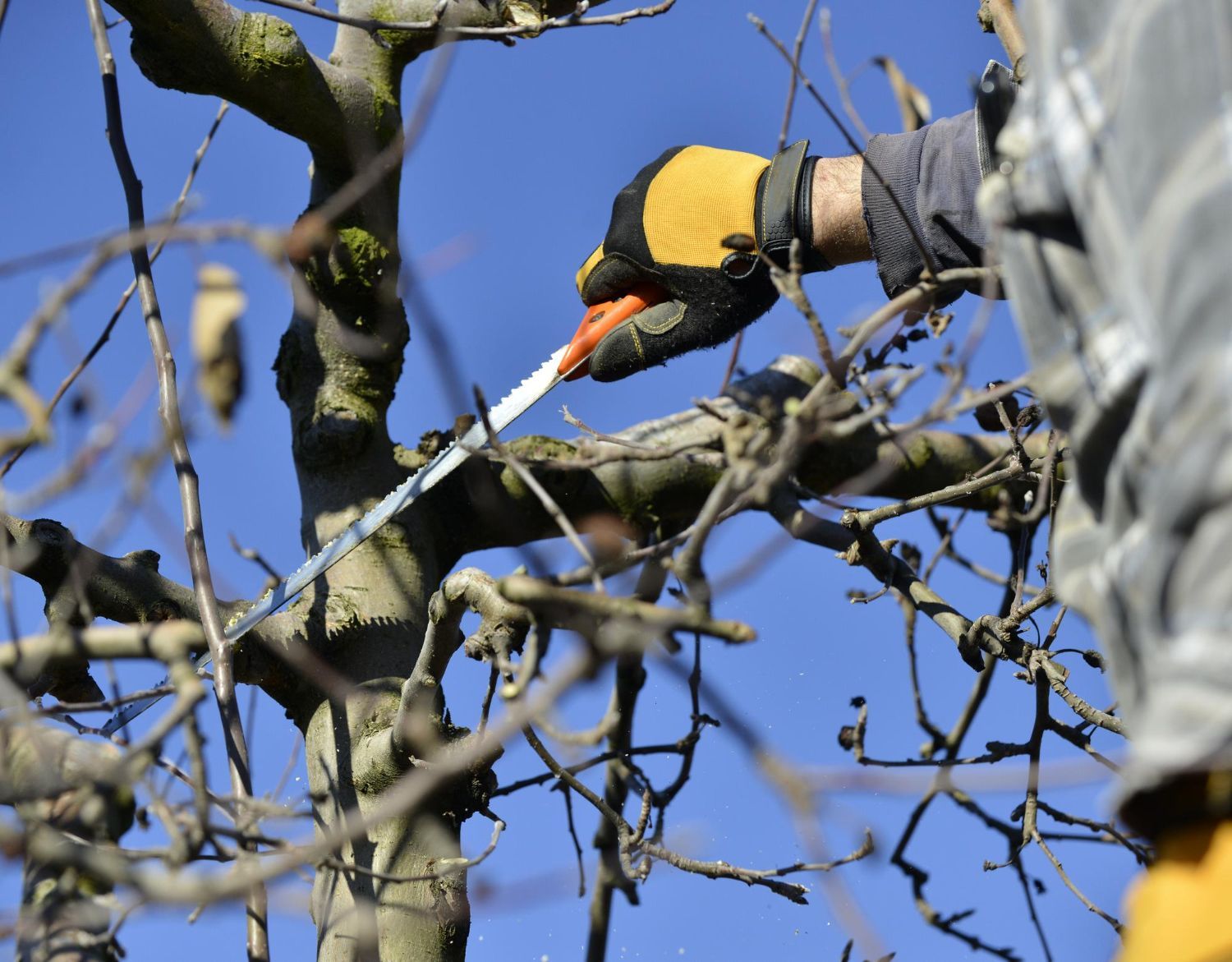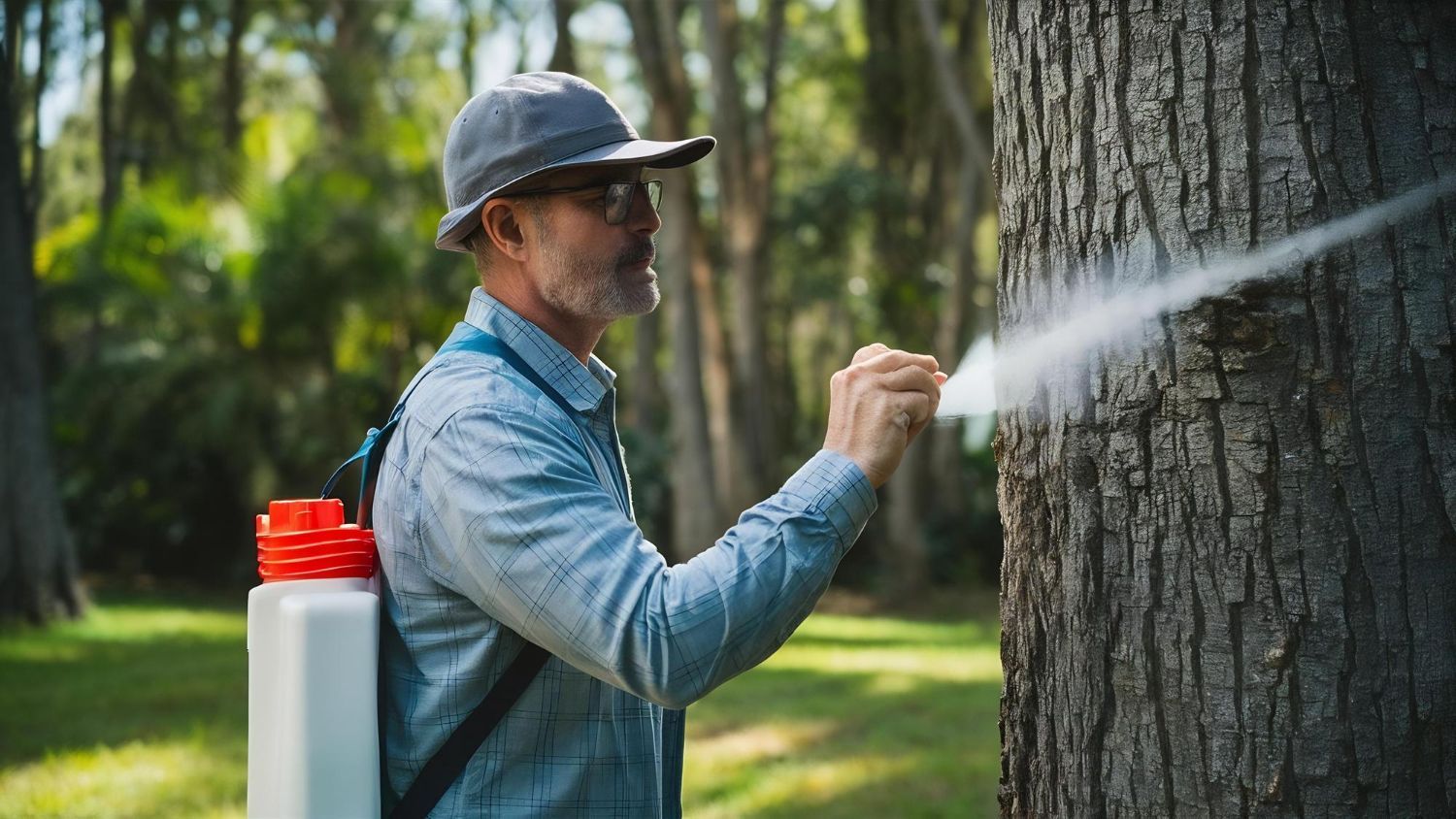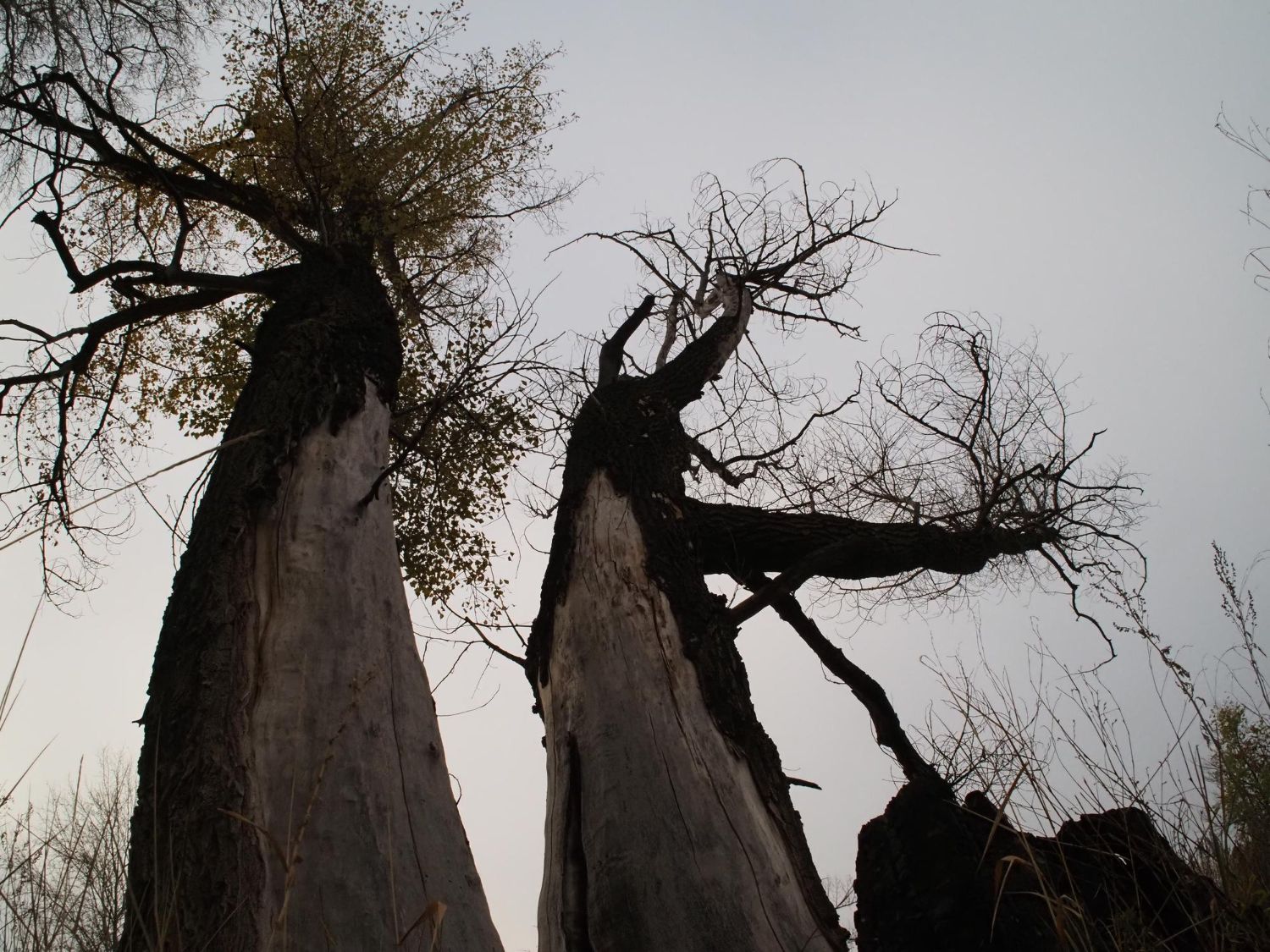DIY vs Professional Tree Removal
Deciding whether to remove a tree yourself or hire a professional can be a tough choice. Trees are a beautiful part of any landscape, but when they become a hazard or hinder your property’s aesthetics, removal becomes necessary. It's essential to weigh the pros and cons of doing it yourself versus calling in experts.
Safety is a major concern in tree removal. Cutting down a tree involves significant risks, including falling branches, malfunctioning tools, and instability of the tree itself. Without proper knowledge and experience, these risks can lead to serious injuries, or even worse. Understanding these hazards is crucial before attempting any DIY tree removal.
Cost is another factor that often influences the decision. While it might seem cheaper to handle the job yourself, many hidden costs, such as renting equipment or potential damage to your property, can add up. Comparing these expenses with the upfront cost of professional services can help you make an informed choice.
Knowing what tools and equipment are necessary is also important. Professional tree removal teams come equipped with specialized tools that make the job safer and more efficient. On the other hand, DIY efforts may require you to rent or purchase equipment, adding complexity to the task.
Understanding when it’s time to call a professional can save you time, money, and ensure the job is done safely. Sometimes, despite the best intentions, a tree’s size, location, or condition simply makes it too dangerous to remove without expert help.
Understanding the Risks and Safety Concerns
Removing a tree isn't just about cutting it down and hauling it away. Safety concerns are a significant factor to consider. One major risk is falling branches. They can come down unexpectedly and cause serious injuries. Without proper training, it’s challenging to predict how a tree will behave as you cut it.
Another danger is dealing with power tools. Chainsaws and wood chippers are powerful machines that require skill and experience. A small mistake can lead to severe injuries. Poor handling can also result in unintended damage to your property or nearby structures.
Lastly, the stability of the tree itself is a serious concern. Trees with compromised roots or weakened trunks can be unpredictable when cut. These trees might not fall where you expect them to, posing a hazard to buildings, vehicles, and even people. Understanding these risks highlights why many people choose to hire professionals for tree removal tasks.
Cost Comparison: DIY vs. Professional Services
When evaluating the costs of DIY vs. professional tree removal, many factors come into play. At first glance, doing it yourself might seem cheaper. After all, you aren't paying for labour. However, there are hidden costs to consider. Renting or buying the necessary tools can add up quickly. Chainsaws, safety gear, and possibly a wood chipper are not cheap. You may also need to invest in safety training to use these tools properly.
On the other hand, hiring professionals involves an upfront cost but can save you money in the long run. Professionals come with their own equipment, training, and experience. They can complete the job quickly and safely, reducing the risk of costly mistakes or injuries. Additionally, many professional services include cleanup in their fees, saving you the effort of dealing with debris.
Remember to factor in your time. Tree removal can be a lengthy process for those who aren’t experienced. What takes professionals a few hours might take you an entire weekend or longer. When you consider these aspects, the cost difference between DIY and professional services might be smaller than you initially thought.
Tools and Equipment Required for Tree Removal
Removing a tree requires a range of tools and equipment, some of which might not be readily available for most homeowners. Here’s a list of essential items you’d need for a DIY job:
- Chainsaw: This tool is crucial for cutting through the trunk and larger branches. Make sure it’s in good working order and that you know how to handle it safely.
- Safety Gear: Includes hard hats, gloves, protective eyewear, and steel-toed boots. Proper attire can prevent injuries from falling debris or mishandling tools.
- Ladders and Ropes: A sturdy ladder is necessary for reaching higher branches. Ropes help in controlling the direction of the tree’s fall.
- Wood Chipper or Stump Grinder: These tools help in breaking down branches and stumps into manageable pieces for disposal.
- Hand Tools: Axes, hand saws, and pruning shears are helpful for smaller branches and detailed work.
Purchasing or renting all this equipment can be costly and challenging if you’re not familiar with how to use it. Skilled handling of these tools is crucial for a safe and efficient tree removal process.
When to Call a Professional for Tree Removal
Knowing when to call a professional can save you a lot of hassle and potential dangers. If a tree is very large or close to structures or power lines, professional help is advisable. Working around these hazards requires specialised skills and equipment that professionals are trained to handle.
Another situation to consider professional assistance is if the tree shows signs of disease or decay. Compromised trees can be unpredictable, making amateur removal risky. An expert can assess the tree’s health and determine the safest method for removal.
Finally, call a professional if you simply lack the time or physical ability to do the job. Tree removal is physically demanding and can be quite time-consuming if you’re not experienced. Hiring professionals ensures the job is done quickly and correctly, often with comprehensive cleanup included.
Conclusion
Understanding the differences between DIY and professional tree removal is crucial before deciding which route to take. There are considerable safety risks associated with tree removal, particularly if you lack the proper equipment or experience. Although DIY might seem cheaper initially, hidden costs and the value of your time can make professional services more appealing.
Professional services provide the necessary tools, expertise, and efficiency to handle even the most challenging tree removal tasks. Recognising when to call a professional can save you a lot of trouble and keep your property safe.
If you’re facing a tree removal task and need expert advice or assistance, reach out to Barrie Tree Care Pros. We offer professional tree removal services to ensure your trees are handled safely and efficiently. Contact us today to schedule a consultation or to learn more about our services.

